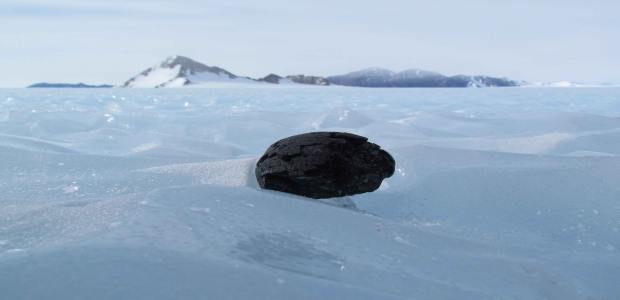We have already learnt how the study of ancient ice is crucial for our future. This interesting article published in Scientific American Mind written by John Matson clearly indicates that the ancient ice of the Antarctic region could even be helpful in determining the origin of our solar system.
Two primitive meteorites collected in Antarctica appear to contain grains of silica—the stuff of quartz and sand— forged in a stellar explosion that predates the birth of the solar system. In fact, some researchers believe that it was just such an explosion, or supernova, that triggered the solar system’s formation from a cloud of dust and gas billions of years ago.
Whether or not the Antarctic meteorites contain a record of that fateful cataclysm, they do contain a supernova by-product that has never before been found on Earth. Presolar grains stand out from the rest because of their unusual mix of chemical isotopes, “which cannot be explained by any known process acting in the solar system,” according to a study in the May 1 issue of Astrophysical Journal Letters.
Only nuclear reactions within stars can explain the grains’ composition. Some presolar grains in the nascent solar system’s cloud spilled from nearby supernovae, and some seem to have arrived on winds expelled from aging stars. In the new study, Pierre Haenecour of Washington University in St. Louis and his colleagues analyzed two meteorites collected in Antarctica in 2003.
Both harbor presolar grains of silica (SiO2), the researchers found, as evidenced by the grains’ enrichment in a heavy isotope of oxygen known as oxygen 18. That signature points to the grains’ formation in a type II supernova – the explosion initiated by the collapse of a massive star’s core.
Other scientists had spotted presolar silica in meteorites before, but those grains had different isotopic signatures that indicated that they came from an aging star called an asymptotic giant branch (AGB) star rather than from a supernova. Amassing and analyzing these presolar grains is more than just an exercise in interstellar history—a shock wave from a nearby supernova or the gentler expulsions of an AGB star could have stirred a cloud of dust and gas to collapse into the system of sun and planets that we inhabit today.
Collecting presolar detritus allows astrophysicists a glimpse into the violent inner workings of dying stars and may ultimately help pinpoint just how the solar system came to be.
-end-


































